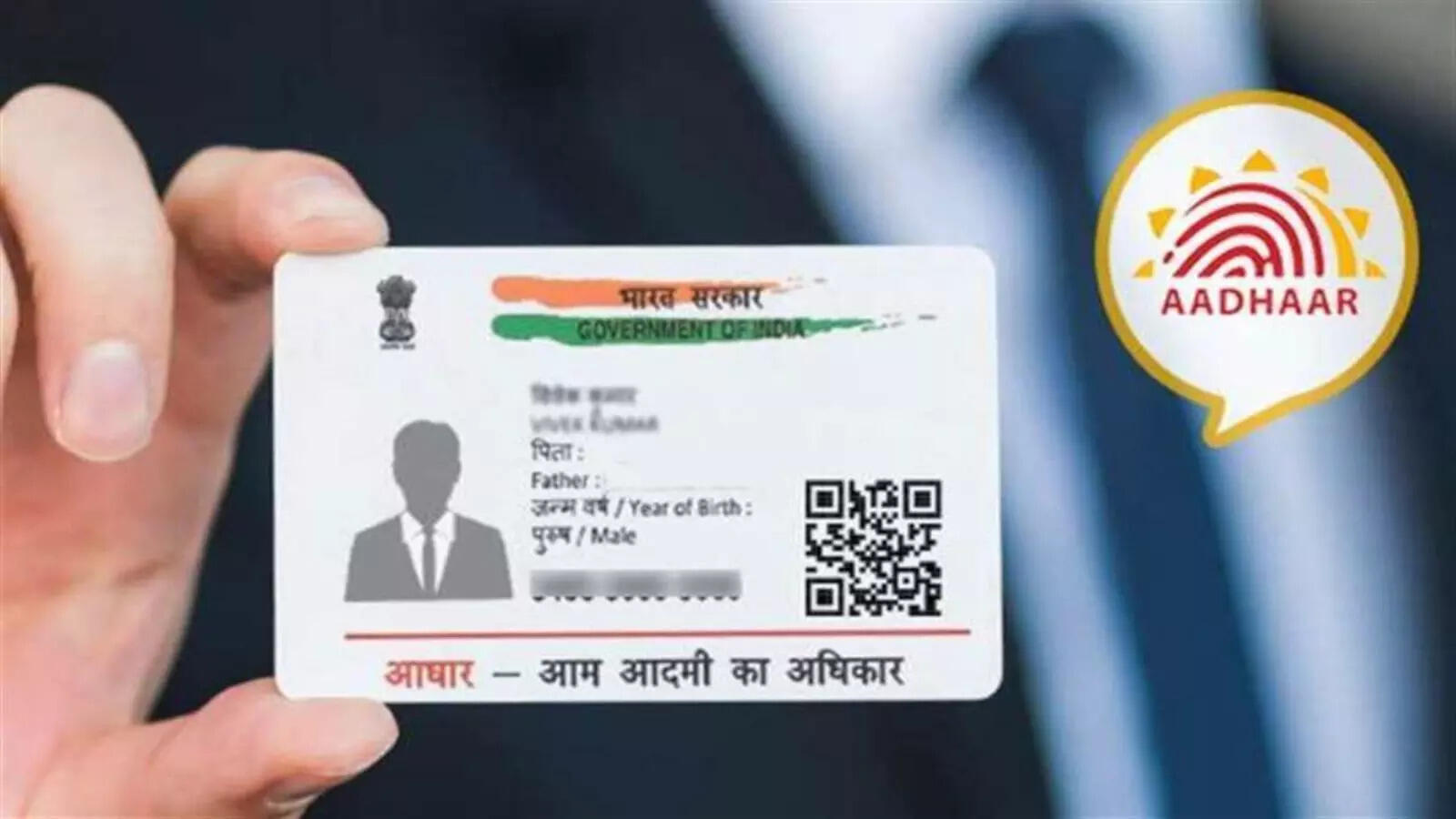Aadhaar Card Rules Change From November 1, Complete Key Updates Or Risk Deactivation
From November 1, 2025, major changes will come into effect for Aadhaar cardholders across India. The Unique Identification Authority of India (UIDAI) has introduced new rules that allow users to update personal details online, revise fees, and ensure Aadhaar-PAN linking is completed before December 31, 2025, to avoid PAN deactivation.
Under the updated system, individuals can now update key information such as name, address, date of birth, and mobile number from the comfort of their home. Most demographic updates no longer require a visit to an Aadhaar enrolment centre, making the process faster, simpler, and more secure.
Automatic Verification Through Government Databases
UIDAI’s new mechanism will automatically verify submitted information using official government records such as PAN, passport, driving licence, ration card, and birth certificate. This interlinked system reduces human intervention, lowers errors, and strengthens data accuracy.
Mandatory Aadhaar–PAN Linking
The government has made it mandatory to link Aadhaar with PAN by December 31, 2025. Failing to do so will render the PAN inactive from January 1, 2026. For new PAN applications, Aadhaar authentication is now compulsory. The KYC process has been simplified, allowing banks and financial institutions to verify identities using Aadhaar OTP, video KYC, or in-person verification, ensuring a faster, paperless, and secure process.
Revised Aadhaar Update Fee Structure
These changes aim to improve accessibility, streamline Aadhaar services, and ensure reliable and accurate data for millions of users.
Disclaimer: This article is for informational purposes only. NewsPoint advises readers to check official UIDAI notifications before making any Aadhaar-related updates or payments.

Under the updated system, individuals can now update key information such as name, address, date of birth, and mobile number from the comfort of their home. Most demographic updates no longer require a visit to an Aadhaar enrolment centre, making the process faster, simpler, and more secure.
Automatic Verification Through Government Databases
UIDAI’s new mechanism will automatically verify submitted information using official government records such as PAN, passport, driving licence, ration card, and birth certificate. This interlinked system reduces human intervention, lowers errors, and strengthens data accuracy.
Mandatory Aadhaar–PAN Linking
The government has made it mandatory to link Aadhaar with PAN by December 31, 2025. Failing to do so will render the PAN inactive from January 1, 2026. For new PAN applications, Aadhaar authentication is now compulsory. The KYC process has been simplified, allowing banks and financial institutions to verify identities using Aadhaar OTP, video KYC, or in-person verification, ensuring a faster, paperless, and secure process.
Revised Aadhaar Update Fee Structure
- Demographic updates (name, address, DOB, mobile, email): Rs 75
- Biometric updates (fingerprint, iris scan, photo): Rs 125
- Mandatory biometric updates for children (ages 5–7 and 15–17): Free
- Document update: Rs 75 at centres, free online until June 14
- Aadhaar print: Rs 40
- Home enrolment service: Rs 700 for the first person, Rs 350 for each additional member at the same address
These changes aim to improve accessibility, streamline Aadhaar services, and ensure reliable and accurate data for millions of users.
Disclaimer: This article is for informational purposes only. NewsPoint advises readers to check official UIDAI notifications before making any Aadhaar-related updates or payments.
Next Story